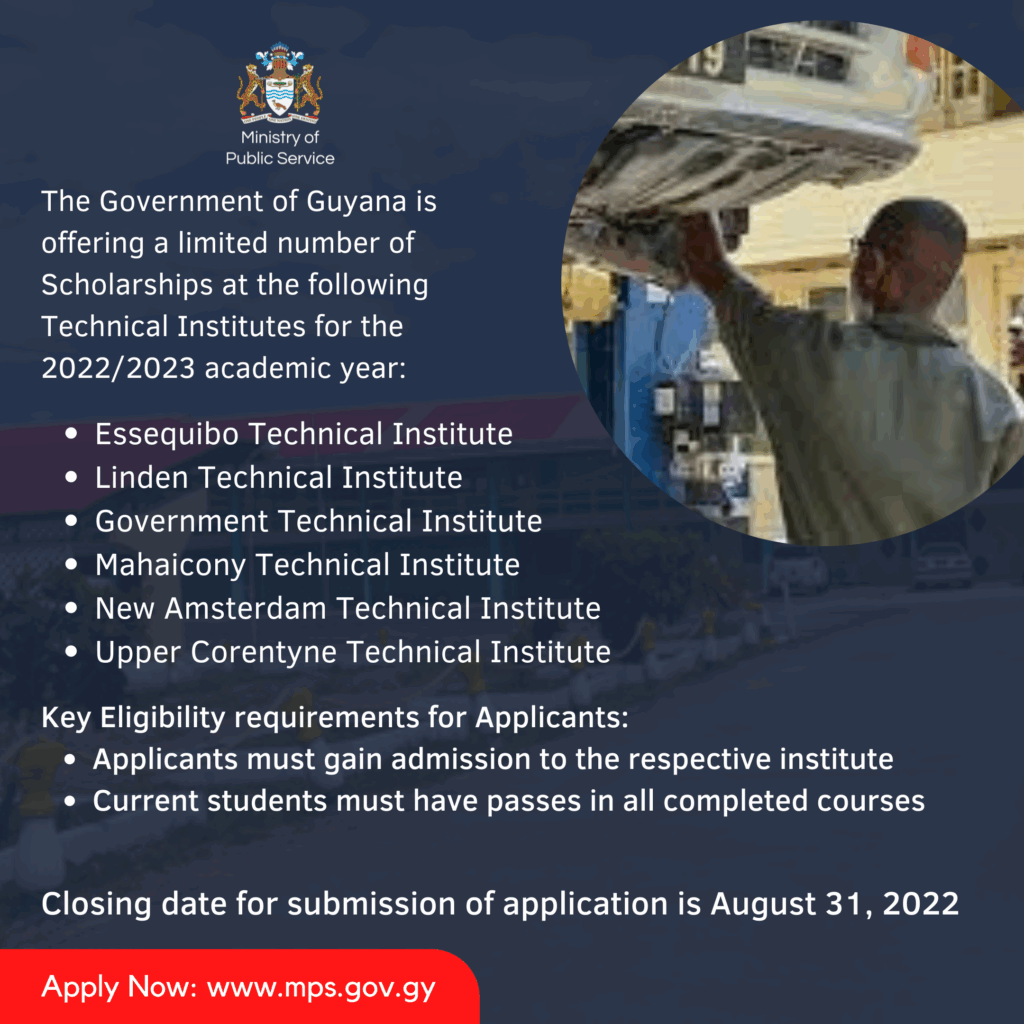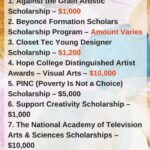I remember it like it was yesterday, sitting at our kitchen table, the fluorescent light humming a dull tune above my head, a pile of college brochures spread out before me. My parents were talking about tuition fees, loans, and the ever-present shadow of debt. Their voices were gentle, but the weight of their words settled heavily in my stomach. I wasn’t looking at those glossy university pamphlets, though. My eyes kept drifting to a crumpled flyer for the local technical institute, tucked almost apologetically beneath a stack of ‘prestigious’ university guides.
See, I wasn’t built for lecture halls and abstract theories. My hands always wanted to do things. I loved taking apart old electronics, trying to fix things around the house, and the satisfaction of seeing something work because I made it work. The idea of learning a skilled trade – something tangible, practical, something that would give me a clear path to a job I could actually enjoy – it felt right, like finding the missing piece of a puzzle I didn’t even know I was solving. But the cost, oh, the cost. Even technical institutes, while often more affordable than traditional four-year universities, still represented a significant financial hurdle for my family. That’s when I started to feel that familiar knot of anxiety. Was my practical dream just too expensive?
It was my guidance counselor, Mrs. Albright, bless her heart, who first planted the seed of an idea. "Have you looked into technical institute scholarships, dear?" she asked, peering over her half-moon glasses. I blinked. Scholarships? I always thought those were only for the straight-A geniuses heading to Ivy League schools, or perhaps the star athletes. The idea that someone would pay for me to learn welding, or electrical work, or HVAC repair, seemed almost fantastical. But Mrs. Albright, with her calm, knowing smile, assured me they were very real, and often, less competitive than those for traditional universities. That conversation, a simple twenty-minute chat in her cluttered office, changed everything. It transformed a distant dream into a tangible goal.
My journey to funding my technical education was a winding path, filled with moments of frustration, bursts of hope, and a whole lot of paperwork. But it was a journey that taught me invaluable lessons, not just about money, but about persistence, self-advocacy, and the incredible generosity of others. Let me tell you how it all unfolded, in the hope that my experience might light a path for you too.
The first step, once I got over my initial skepticism, was to really understand what a technical institute offered. For me, it was the promise of hands-on learning, small class sizes, and instructors who were often veterans of their respective trades. These weren’t places for endless debates on philosophical concepts; they were workshops, labs, and practical environments where you learned by doing. They offered certifications, associate degrees, and most importantly, direct pathways to well-paying jobs in fields that were actually in demand. I was eyeing a program in industrial maintenance, a blend of mechanics, electronics, and problem-solving that truly excited me. The thought of walking into a factory or a plant, diagnosing a complex machine issue, and then fixing it, filled me with a sense of purpose I hadn’t found anywhere else.
Now, about those scholarships. Where do you even begin? I felt like a detective, piecing together clues. My first stop, naturally, was the technical institute’s own financial aid office. Many schools, including vocational and technical ones, have institutional scholarships. These are often funded by alumni, local businesses, or the school itself, specifically to attract students to their programs. I remember poring over their website, printing out page after page of application forms, and realizing just how many opportunities were right there, waiting to be discovered. Some were based on academic merit, others on financial need, and quite a few were specific to certain programs, like "The Miller Family Scholarship for aspiring electricians" or "The Henderson Automotive Tech Grant." It was overwhelming at first, but also incredibly exciting. Each new scholarship I found felt like a tiny victory.
Beyond the institute itself, I learned there was a whole world of external scholarships. This is where things really opened up. I categorized them in my head, like different treasure chests waiting to be unlocked.
First, there were the industry-specific scholarships. This was a huge revelation. Companies in manufacturing, construction, healthcare, IT – they’re all constantly looking for skilled workers. And many of them, to ensure a pipeline of talent, offer scholarships. I found grants from national associations for welding, electrical contractors’ organizations, and even local manufacturing firms that wanted to invest in future employees. These often came with the added bonus of potential internships or even job offers upon graduation. It made perfect sense, really. Why wouldn’t a company want to help train its future workforce? It was a win-win. I spent hours on the websites of professional associations, unions, and large corporations, looking for anything that mentioned "scholarship" or "grant."
Then came the community and local scholarships. This was perhaps the most heartwarming part of my search. Our town, a small community with a big heart, had numerous local organizations that offered scholarships. The Rotary Club, the Lions Club, the local chamber of commerce, even the women’s auxiliary at the fire department – they all had programs. These scholarships were often smaller in monetary value, sometimes a few hundred dollars, sometimes a thousand or two, but they added up. And critically, they were usually less competitive because they were restricted to students from our specific town or county. I remember attending a Rotary Club meeting, a bit nervously, to introduce myself and talk about my aspirations. The members, mostly retired professionals, listened intently, nodding and smiling. It felt less like an interview and more like a conversation with kindly mentors. They genuinely wanted to help young people in their community succeed.
I also stumbled upon foundation and non-profit scholarships. These are large organizations, sometimes national, sometimes regional, dedicated to specific causes or groups of people. Some focused on students pursuing particular fields, others on those from specific backgrounds (first-generation college students, single-parent households, minority groups, women in traditionally male-dominated fields, veterans, etc.). Online scholarship search engines became my best friends here. I’d type in keywords like "technical scholarship," "vocational grant," "trade school funding," and then filter by my demographics and program of interest. It was like mining for gold, sifting through hundreds of options to find the handful that truly fit.
Finally, there were government programs. While often more complex and sometimes tied to specific criteria, both state and federal governments offer financial aid options that can apply to technical institutes. The FAFSA (Free Application for Federal Student Aid) was my gateway here. It helps determine eligibility for federal Pell Grants, which don’t have to be paid back, and federal student loans. My financial aid advisor at the institute was a lifesaver, helping me navigate the intricacies of these applications.
Now, finding these scholarships was one thing; actually getting them was another. This is where the real work began. The application process, I won’t lie, was grueling at times. Each scholarship seemed to demand something slightly different.
Research was paramount. I created a massive spreadsheet. No, really. It had columns for the scholarship name, the amount, the eligibility criteria, the required documents, the deadline, and the link to the application. Staying organized was key, because missing a deadline meant missing an opportunity. I started my search nearly a year before I planned to enroll, giving myself plenty of time.
Gathering documents felt like a scavenger hunt. Transcripts from high school, letters of recommendation from teachers and mentors, my resume (even though it was pretty thin at the time, mostly detailing my part-time job at a hardware store and some volunteer work). I learned to ask for recommendation letters well in advance, providing my recommenders with a clear list of my achievements and aspirations. I didn’t just ask them to write a letter; I asked them to write a letter that highlighted my practical skills, my determination, and my suitability for a hands-on career.
But the most challenging, and ultimately, the most rewarding part, was crafting the essay. This was my chance to tell my story. Many scholarships required an essay, often asking about my career goals, why I chose my particular program, or how I would contribute to my community. This wasn’t just about listing my achievements; it was about conveying my passion. I wrote about the thrill of diagnosing a broken engine on my old motorcycle, the satisfaction of perfectly wiring a new light fixture in my garage, and the deep-seated desire to build, fix, and create. I talked about the specific skills I wanted to learn in the industrial maintenance program and how I envisioned myself using them to contribute to local businesses. I made sure my essays were personal, authentic, and demonstrated a clear understanding of what I was getting into. I proofread every single word, then asked my English teacher and a trusted friend to proofread again. A single typo could make a good impression turn sour.
I remember one particular essay that I agonized over for days. It was for a scholarship sponsored by a regional manufacturing association. The prompt was "Describe a time you solved a complex problem using practical skills." I wrote about how my grandfather and I spent a whole summer painstakingly restoring an antique woodworking machine. I detailed the process, the frustrations, the moments of triumph, and what I learned about patience, precision, and the value of old tools. It wasn’t just about fixing a machine; it was about connecting with my heritage and discovering my own capabilities. That essay, I believe, was what helped me land that particular scholarship. It wasn’t about being the smartest; it was about being genuine and showing my heart.
Interviews were another hurdle. Some local scholarships or industry-specific grants required an in-person interview. My first one, for the Rotary Club scholarship, I was so nervous my hands were clammy. I practiced answering common questions: "Why this program?" "What are your career aspirations?" "What makes you a good candidate?" I dressed neatly, arrived early, and tried my best to be myself. I spoke about my passion for hands-on work, my desire to contribute to the local economy, and how much this scholarship would mean to me. It wasn’t about rehearsed answers; it was about conveying sincerity and enthusiasm. I walked out of that interview feeling a mix of exhaustion and exhilaration, not knowing if I’d succeeded, but proud that I had put my best foot forward.
Through all this, I learned some invaluable tips and tricks that I want to share with anyone else considering this path:
- Start Early, Seriously Early: I can’t stress this enough. The earlier you start, the more scholarships you can find and apply for. Don’t wait until the last minute.
- Don’t Self-Reject: This was a huge one for me. I initially thought I wasn’t "smart enough" or "accomplished enough" for scholarships. But you never know what a scholarship committee is looking for. Apply for everything you even remotely qualify for. The worst they can say is no.
- Tailor Each Application: Resist the urge to copy-paste essays. Each scholarship has a specific goal or focus. Read the prompt carefully and customize your essay and application to speak directly to what they’re looking for.
- Proofread, Proofread, Proofread: A simple mistake can undermine all your hard work. Get multiple sets of eyes on your essays and applications.
- Follow Up Politely: If you’ve interviewed or submitted a particularly important application, a polite thank-you note or email can leave a lasting positive impression.
- Network: Talk to your teachers, counselors, employers, and community leaders. They often know about scholarships that aren’t widely advertised. Let them know your goals and what you’re looking for.
- Show Your Passion: Committees want to see that you’re genuinely excited about your chosen field and committed to succeeding. Let your enthusiasm shine through in your essays and interviews.
- Highlight Unique Experiences: Did you fix your neighbor’s leaky faucet? Volunteer at a community workshop? Have a hobby that involves building or repairing things? These are all valuable experiences that demonstrate your practical skills and dedication.
- Be Honest and Authentic: Don’t try to be someone you’re not. Your unique story and genuine aspirations are your greatest assets.
After months of diligent searching, writing, and waiting, the acceptances started to trickle in. First, a small one from the local Chamber of Commerce. Then, the manufacturing association scholarship, which was a substantial amount. And finally, a partial scholarship directly from the technical institute. It wasn’t a full ride, but collectively, these scholarships covered a significant portion of my tuition and even helped with some of my tool costs. The relief was immense. The knot of anxiety that had lived in my stomach for so long finally loosened.
Receiving those scholarship letters felt like more than just a financial boost; it was an affirmation. It told me that my path, my practical, hands-on dream, was valued. It showed me that there were people and organizations who believed in the importance of skilled trades and who were willing to invest in individuals like me. It allowed me to focus on my studies, to truly immerse myself in learning the intricacies of industrial maintenance, without the crushing burden of overwhelming debt hanging over my head.
Some people still think scholarships are only for traditional university students, or that you have to be a straight-A student to get one. Believe me, that’s a misconception. While good grades certainly help, many technical institute scholarships prioritize other qualities: a clear demonstration of interest in the trade, a strong work ethic, a commitment to community, or even just a compelling personal story. My grades were decent, but it was my passion and my practical experiences that truly resonated with the scholarship committees.
Looking back, that journey of seeking scholarships taught me more than just how to fill out forms. It taught me perseverance. It taught me the power of articulating my goals and dreams. It showed me that if you have a clear vision and are willing to put in the effort, there are people and resources out there ready to help you achieve it.
So, if you’re like me, with hands that itch to build and fix, and a heart set on a practical, rewarding career through a technical institute, please don’t let the cost deter you. The world needs skilled tradespeople more than ever, and there are countless opportunities, big and small, waiting to be discovered. Start your search today. Talk to your counselors, explore those websites, tell your story. Your dream of a hands-on future is absolutely within reach, and scholarships can be the bridge that gets you there. Believe in yourself, put in the work, and you might just find, like I did, that the journey itself is as rewarding as the destination.



